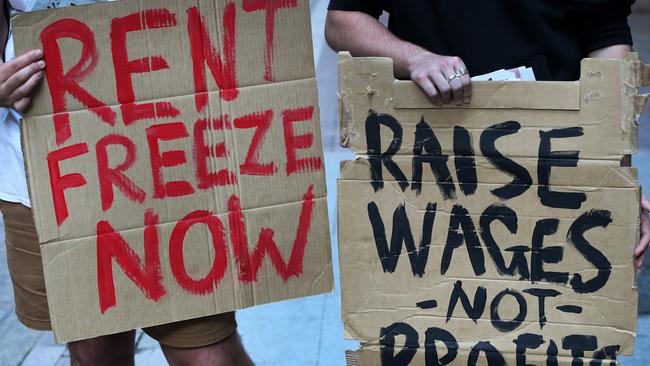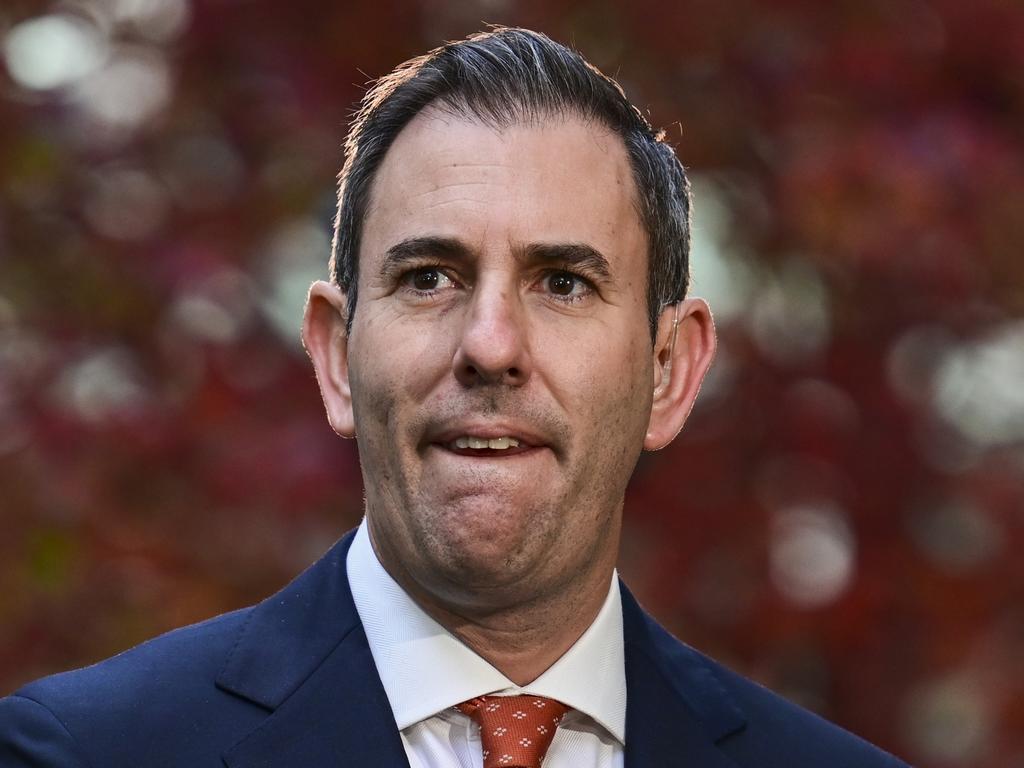Hopes rise for RBA pause as inflation dragon retreats
A sharper than expected drop in inflation has firmed bets the Reserve Bank will hold the cash rate at 4.1 per cent for the second straight month when it meets on Tuesday.

A sharper-than-expected drop in inflation to 6 per cent in the year to June has raised hopes the Reserve Bank will hold fire for the second straight month next Tuesday and that interest rates may be at their peak.
Consumer price growth decelerated from 7 per cent in March – and from a peak of 7.8 per cent in December – after prices lifted at their slowest quarterly pace in almost two years, even as the pressure on household budgets remained intense from climbing rent, grocery and electricity costs.
The Australian Bureau of Statistics figures showed inflation decelerated to 0.8 per cent over the three months to June, down from 1.4 per cent in the March quarter, with outright quarterly falls in health, transport, communication services and education prices.
Investors sharply pared back bets the RBA would hike by 0.25 percentage points at the August 1 meeting following the release of the data, from 54 per cent to just over 30 per cent.
NAB economists said they no longer expected a rate rise next week, but that it would be a “close call”.
Deloitte Access Economics partner Stephen Smith called on the central bank to end rate hikes for this cycle, saying the softer than anticipated consumer price report had “brought into focus the fact that the Reserve Bank has lifted rates too far over the past 12 months”.
“A large part of the inflation story in Australia was always on the supply side, as has been the case in similar countries around the world,” Dr Smith said. “And the remaining challenges on inflation are also on the supply side, around housing and energy.”
EY chief economist Cherelle Murphy said the dozen rate hikes since April last year “are working as planned”.
“What these data show is the risks that inflation remains too high for too long are now fading,” Ms Murphy said. “But with inflation still far above the Reserve Bank’s 2-3 per cent target band, and some ongoing upside risks to wages and food prices, we are not out of the danger zone yet.”
While the headline inflation number slowed, annual growth in the cost of services accelerated from 6.1 per cent to 6.3 per cent, underpinned by rent inflation which jumped 2.5 per cent in the June quarter, the highest quarterly increase since 1988.
The year-on-year rental price rise was 6.7 per cent, the largest since 2009, the ABS said, led by an 8.9 per cent jump in Brisbane.
Still, services inflation in the quarter halved, from 1.7 per cent in the three months to March, to 0.8 per cent in June.
Jim Chalmers said further evidence of moderating price pressures was “really pleasing to see”, even as he recognised many Australians remained “under the pump”.
“We are making progress in this fight against inflation,” the Treasurer said.
Households also endured rapidly rising insurance costs, as premiums for home, home contents and motor vehicle insurance jumped by more than 14 per cent annually in the latest figures.
ABS head of prices statistics Michelle Marquardt said that while prices continued to rise for most goods and services, there were some offsetting price falls in the June quarter, including for domestic holiday travel and accommodation and automotive fuel.
“Rents recorded the strongest quarterly rise since 1988, reflecting low vacancy rates amid a tight rental market,” Ms Marquardt said.
“Rental price growth for flats continued to outpace the growth for houses.”
The consensus among economists leading into the consumer price report was for 1 per cent growth in the quarter, and 6.2 per cent in the year to June. The headline result was also below the 6.3 per cent predicted by the central bank in May.
AMP Capital chief economist Shane Oliver said the more rapid than predicted disinflation “should” be enough for the RBA to hold rates next week, and predicted that the cash rate would peak at 4.35 per cent, rather than 4.6 per cent.
Underlying inflation, as measured by the trimmed mean and which is the RBA’s preferred measure of price pressures, fell to 5.9 per cent in the year to June, from 6.6 per cent.
The RBA held the cash rate at 4.1 per cent at its July board meeting, saying inflation remained too high but that monetary policy was “clearly restrictive” and signalling it was prepared to wait and see how the data evolved.
Another month of booming jobs growth in June, however, has underlined the ongoing resilience of the economy to soaring borrowing costs and cost-of-living pressures, suggesting the RBA may have more work to do to slow growth.
ANZ card transaction data, released earlier on Wednesday, showed spendingwas soft over the first three weeks of July and 10 per cent lower than for the same period a year earlier.
ANZ economist Madeline Dunk said many households were “tightening their belts as interest payments and inflation squeeze some cash flows”.








To join the conversation, please log in. Don't have an account? Register
Join the conversation, you are commenting as Logout